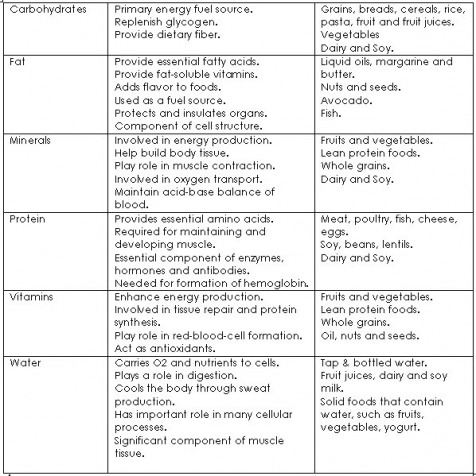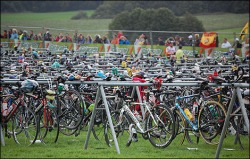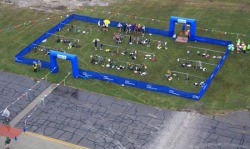TRAINING PLAN BASICS
A triathlon specific training plan will set you on the path to tri success.
If you are coming to triathlon from a running or cycling background (most
common) or even a swimming past (less common!), with a decent level of
fitness, you will be able to get through a sprint tri. However the biggest
gains in tri training are seen through consistency. Following a triathlon
training plan for as little as 8 weeks leading up to a race will bring you to
the start line far better prepared than random workouts will.
Things to look for in a tri training plan:
- A plan that fits your life – no-one can follow their plan 100% but it’s
best to start with a realistic schedule to give yourself a chance!
Think about how many days a week you have some time to train,
how many hours on those days – work out a weekly total and go
from there. Be honest!
- A plan that incorporates recovery and rest periods. Your body
needs recovery time to rebuild the muscles you are stressing – if
every day has a hard workout your performance will diminish.
- A plan that pays special attention to your personal limiters.
- A plan that includes BRICK workouts. A brick is two consecutive
workouts, most often bike to run.
- A plan created by a person! You may have to pay a little extra but
having someone to check in with is a great tool. If you encounter
difficulties a coach can help you through them.
A few other things that can help your training along:
– A training buddy can be a great source of encouragement and
support. Rope a friend (with a similar life schedule) into entering your
tri, training together can push you further than you may go alone.
– Good time management! Life is busy and incorporating three sports
into an already crammed schedule can be a challenge. Look at each
week and decide what time of day you are going to fit in each
workout. Ask your family for support and let your workmates know
what you are up to.
– Be consistent. You don’t have to workout 7 days a week, but with a
measured and consistent approach to training you will see great
fitness gains.
– Log your training, there are lots of free online training logs out there, it’s
great to see how far you’ve come!
Check out
www.ontri.com
www.trainingpeaks.com
www.dailymile.com
A triathlon specific training plan will set you on the path to tri success.
If you are coming to triathlon from a running or cycling background (most
common) or even a swimming past (less common!), with a decent level of
fitness, you will be able to get through a sprint tri. However the biggest
gains in tri training are seen through consistency. Following a triathlon
training plan for as little as 8 weeks leading up to a race will bring you to
the start line far better prepared than random workouts will.
Things to look for in a tri training plan:
- A plan that fits your life – no-one can follow their plan 100% but it’s
best to start with a realistic schedule to give yourself a chance!
Think about how many days a week you have some time to train,
how many hours on those days – work out a weekly total and go
from there. Be honest!
- A plan that incorporates recovery and rest periods. Your body
needs recovery time to rebuild the muscles you are stressing – if
every day has a hard workout your performance will diminish.
- A plan that pays special attention to your personal limiters.
- A plan that includes BRICK workouts. A brick is two consecutive
workouts, most often bike to run.
- A plan created by a person! You may have to pay a little extra but
having someone to check in with is a great tool. If you encounter
difficulties a coach can help you through them.
A few other things that can help your training along:
– A training buddy can be a great source of encouragement and
support. Rope a friend (with a similar life schedule) into entering your
tri, training together can push you further than you may go alone.
– Good time management! Life is busy and incorporating three sports
into an already crammed schedule can be a challenge. Look at each
week and decide what time of day you are going to fit in each
workout. Ask your family for support and let your workmates know
what you are up to.
– Be consistent. You don’t have to workout 7 days a week, but with a
measured and consistent approach to training you will see great
fitness gains.
– Log your training, there are lots of free online training logs out there, it’s
great to see how far you’ve come!
Check out
www.ontri.com
www.trainingpeaks.com
www.dailymile.com





 RSS Feed
RSS Feed